"Important Ewer (h75 Cm) In Chiseled Brass, Daghestan, Caucasus, Second Part Of The 19th Century"
Small clarification: ALL of our rugs and objects are FREE SHIPPING for France, Wallonia and the Grand Duchy of Luxembourg.Important ewer called "Ibriq" from the 19th century, accompanied by its basin and the soap dish in the center.
Piece originating from Dagestan, Caucasus, in chiseled brass with a total height placed on its basin of 75 cm (29").
Engraved on all sides, this magnificent object in very good condition has the particularity of presenting two voids inside its body.
We can see the representation of the sun and the earth represented by these two cylinders.
These two voids are closed in both sides, with openwork decorations letting the light pass through the ewer.
The water contained passes around these voids. Bronze handle in esse and dominic-shaped stopper supporting a small round fretel;
Many calligraphic cartouches in Diwani style alternate with rosettes decorated with epigraphic designs.
A large number of friezes and braids accompany the whole.
The basin uses the same decorations while presenting us with its soap dish, central pierced, so as to let the water pass after ablutions.
Ibrīq, or also Ibrik (إبريق Arabic), often designates a jug or a ewer with a do handle.
During the ritual ablutions before the prayer, the water taken from the ibrīq is poured over the hands and flows into a receptacle bowl called a basin provided for this purpose.
In very wealthy families, it was not uncommon to find cologne in the ibriq (in Turkey), a way of washing hands and purifying oneself before prayer and before meals.
While simple water jugs were often made of clay, ewers or Ibrik in eastern courts were often made of brass or red copper, very elegantly decorated brass, chiselled with wonderful decorations and calligraphy.
These marvelous ancient brasses and coppers, were under the Muslim dynasties, an eminent alternative to silver and they enjoyed the same status. The color whose symbolism is easiest to understand is golden, gold. Its ties with the sun and gold have made it an emblem of divine power, perfection and majesty.
These objects have certainly lived as the centerpieces of homes and palaces.
## Brasses are yellow alloys, essentially composed of copper and zinc, in variable proportions, whose direct manufacture from appropriate ores was already mastered by metallurgists before Antiquity.
The finesse and quality of the carvings show the dexterity of the engraver of this 19th century piece.
Calligraphy is also a major art in Islam, and sometimes even takes on a symbolic value.
Dimensions: Height: 75 cm (29") - Diameter of the basin: 38 cm (15") weight: 3996 grs (4 kgs)
FREE SHIPPING FOR FRANCE 0€ / EUROPE 25€ // WORLD 100€
Calligraphy:
# Le Nastaliq: this style spreads over the formerly Persian and Sassanid territories. It is Mir Ali Tabrizi who is at the origin of this style, around 1370. From the 15th century, its elegance, its beauty which takes the form of a suspended composition lead it to impose itself everywhere in Persia, Gulf Persia, China, Afghanistan. Its peak is between the 17th and the beginning of the 20th century.
# The Diwani: of Ottoman origin where it had its peak (the word diwani means chancellery) this elegant, very tight style of calligraphy is defined by the elongation of the characters and its majestic ornamental look.
# The Naskhi: the origins of this style date back to the 8th century. The calligrapher Ibn Muqla reworked it in the 10th century into a more rhythmic form. Ibn al Bawab will also do a remarkable job of making it more elegant. The simplicity and readability of this style means that there are still more Qur'ans copied in Naskhi today than in all the other Arabic scripts combined.
# The Riqa: it is a derivative of Naskhi and Thuluth, but the letters are much smaller and have more rounded curves. The center of the loops of the letters is always filled, the horizontal lines are very short and the ligatures arranged with density, the finals being often attached to the initials. It is nowadays the most widely used handwriting in the Arab world.
# The Maghribi: mainly used in the Maghreb countries, in Islamic Spain, it is characterized by the use of a pointed reed.
FREE SHIPPING FOR FRANCE 0€ / EUROPE 25€ // WORLD 50€
PHONE 06 13 36 09 30 or winsteinprovence@gmail.com


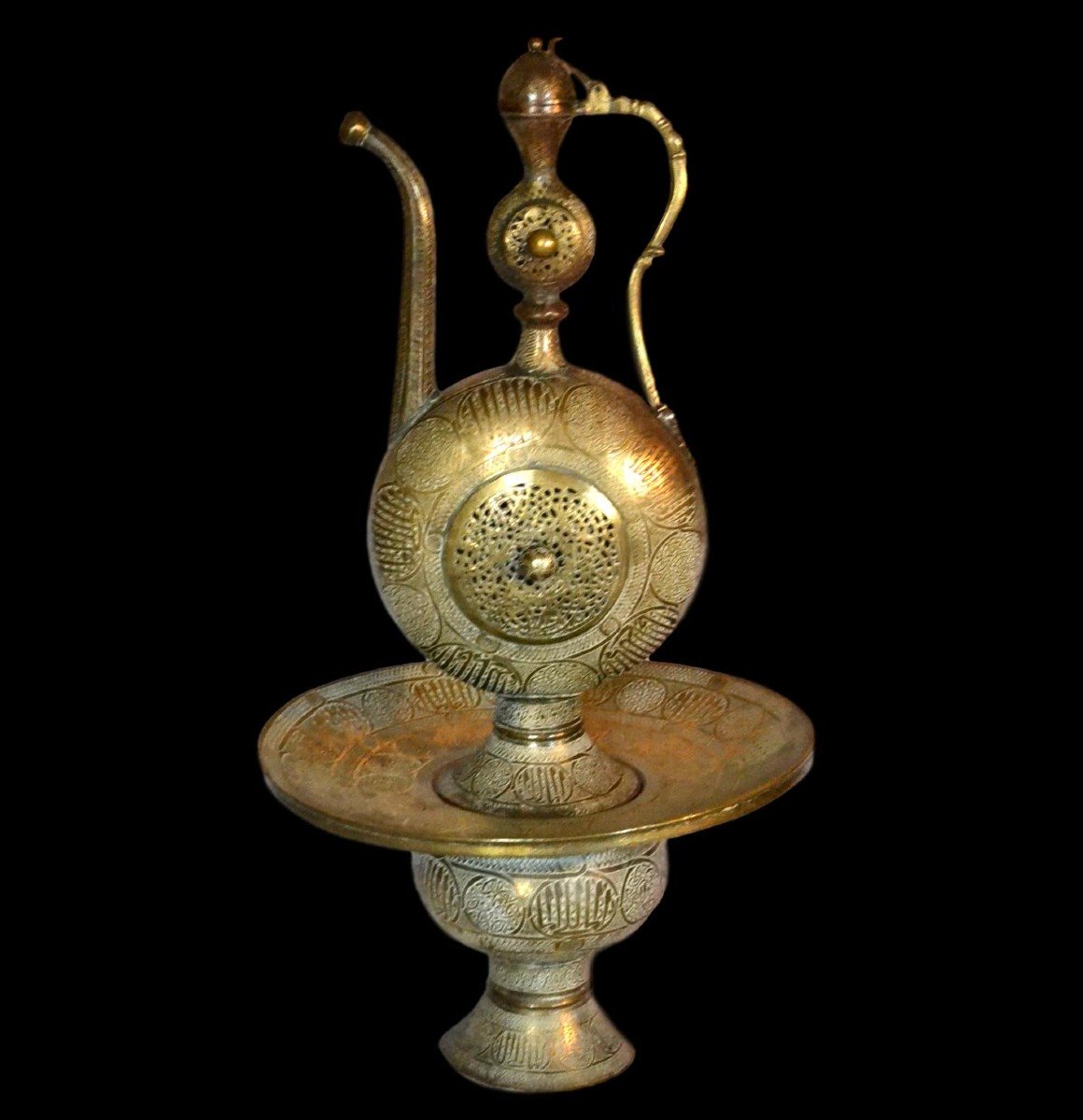
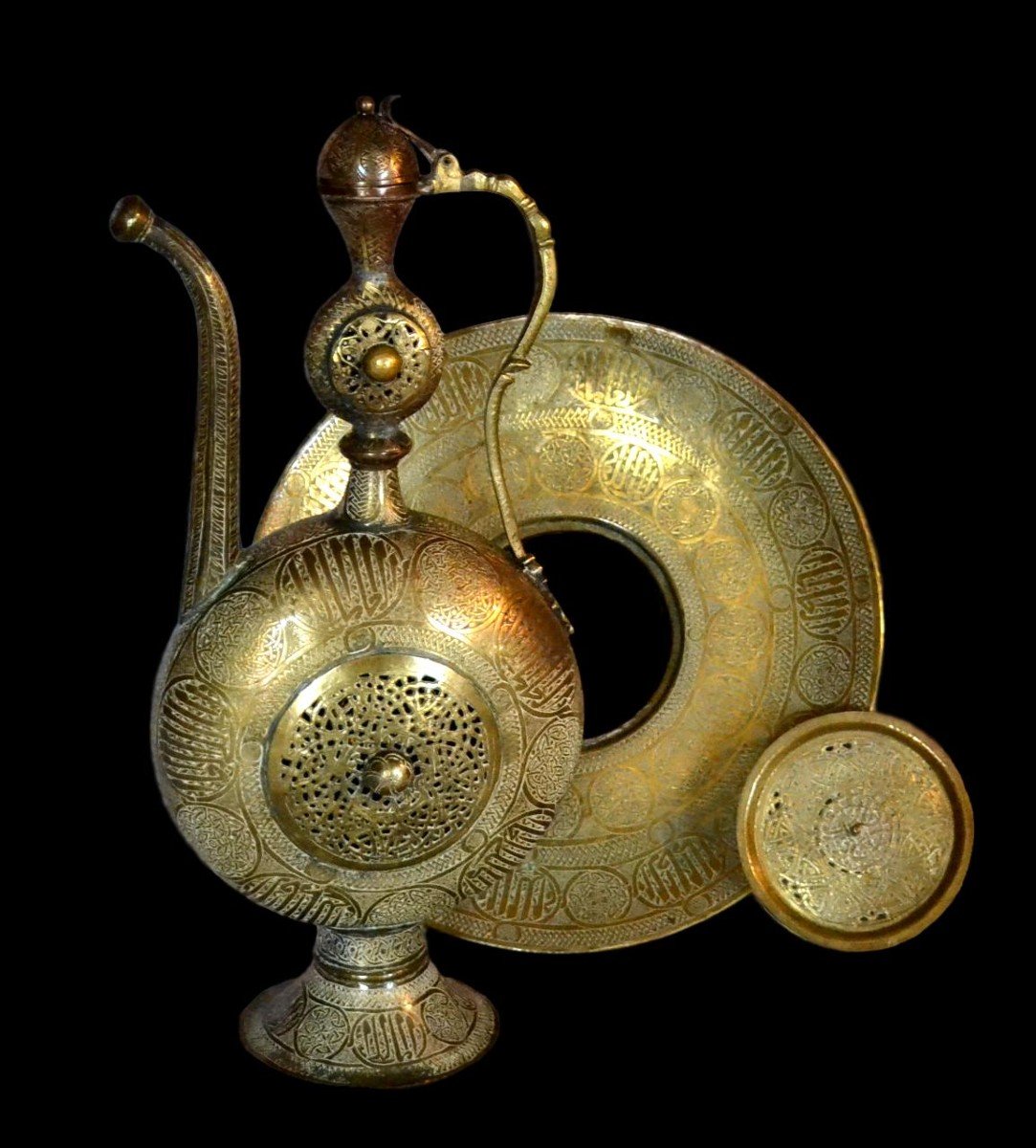
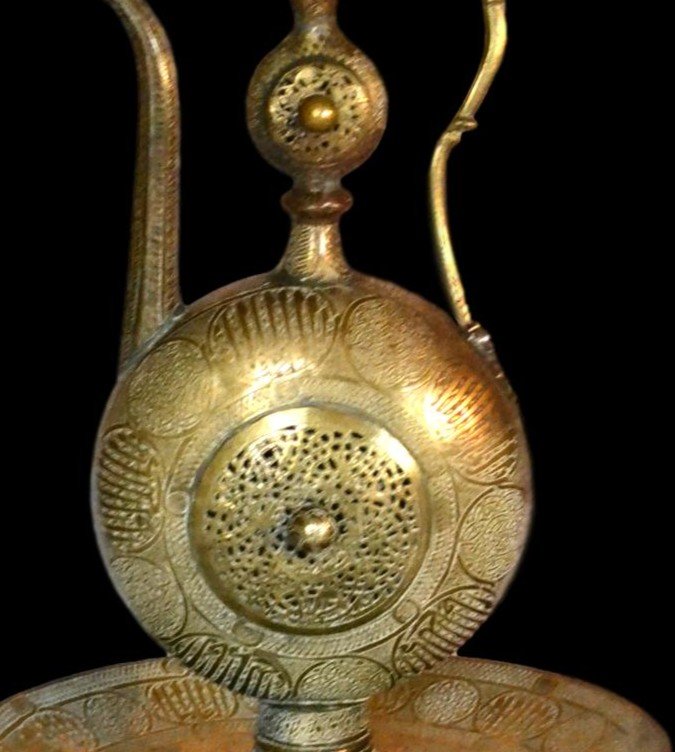
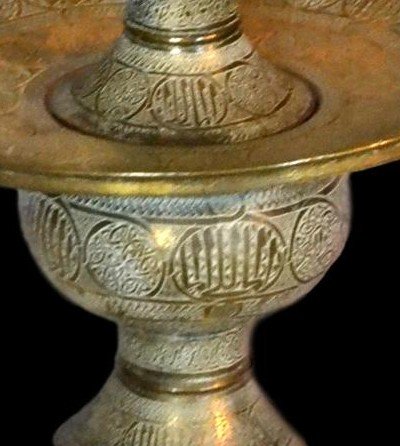
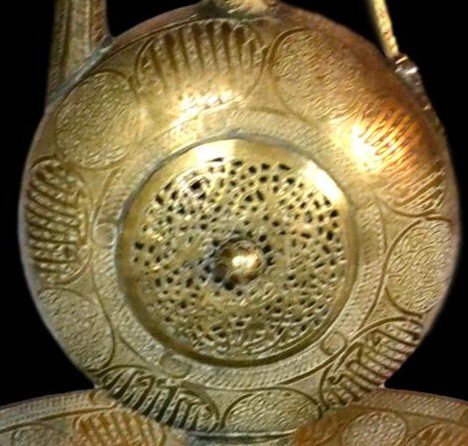
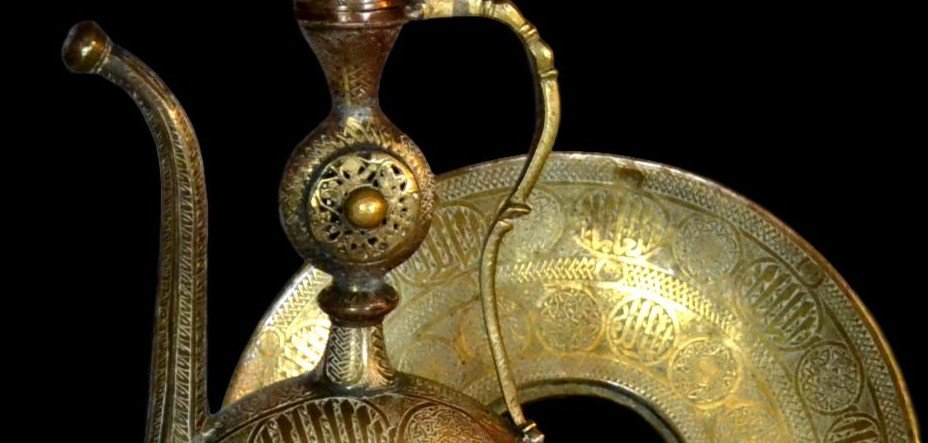
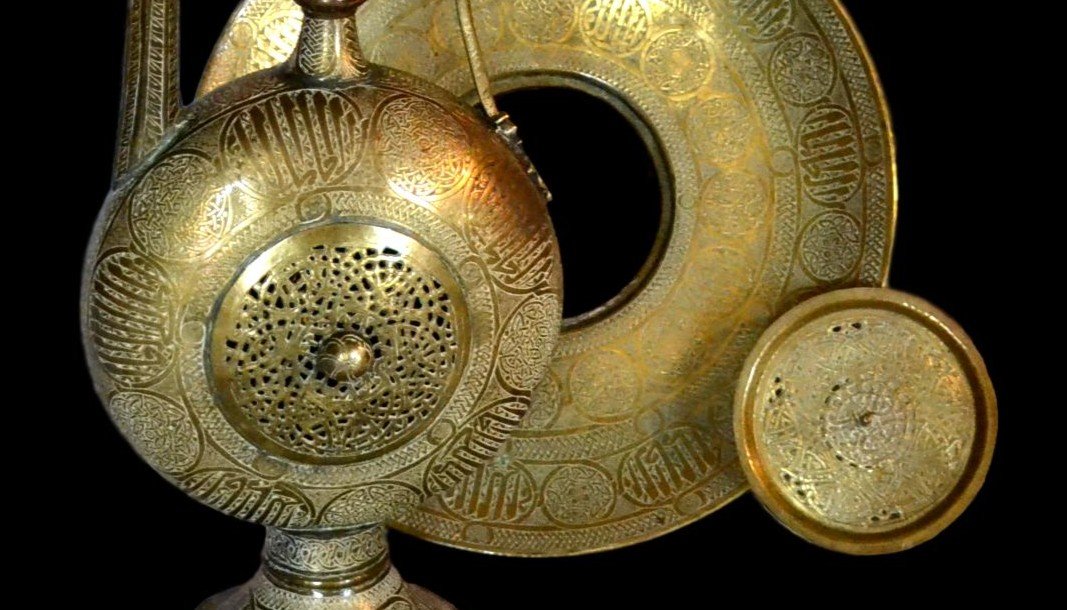
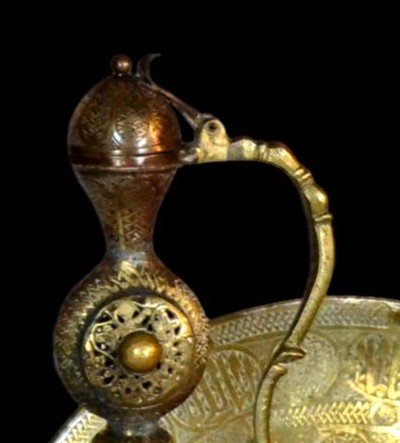
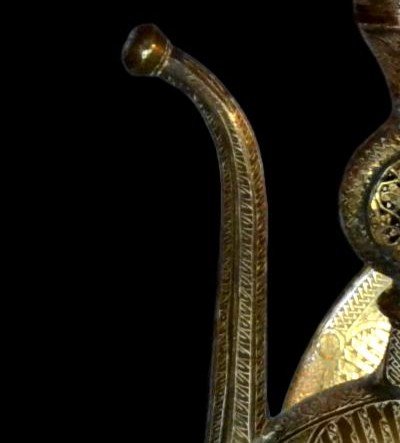
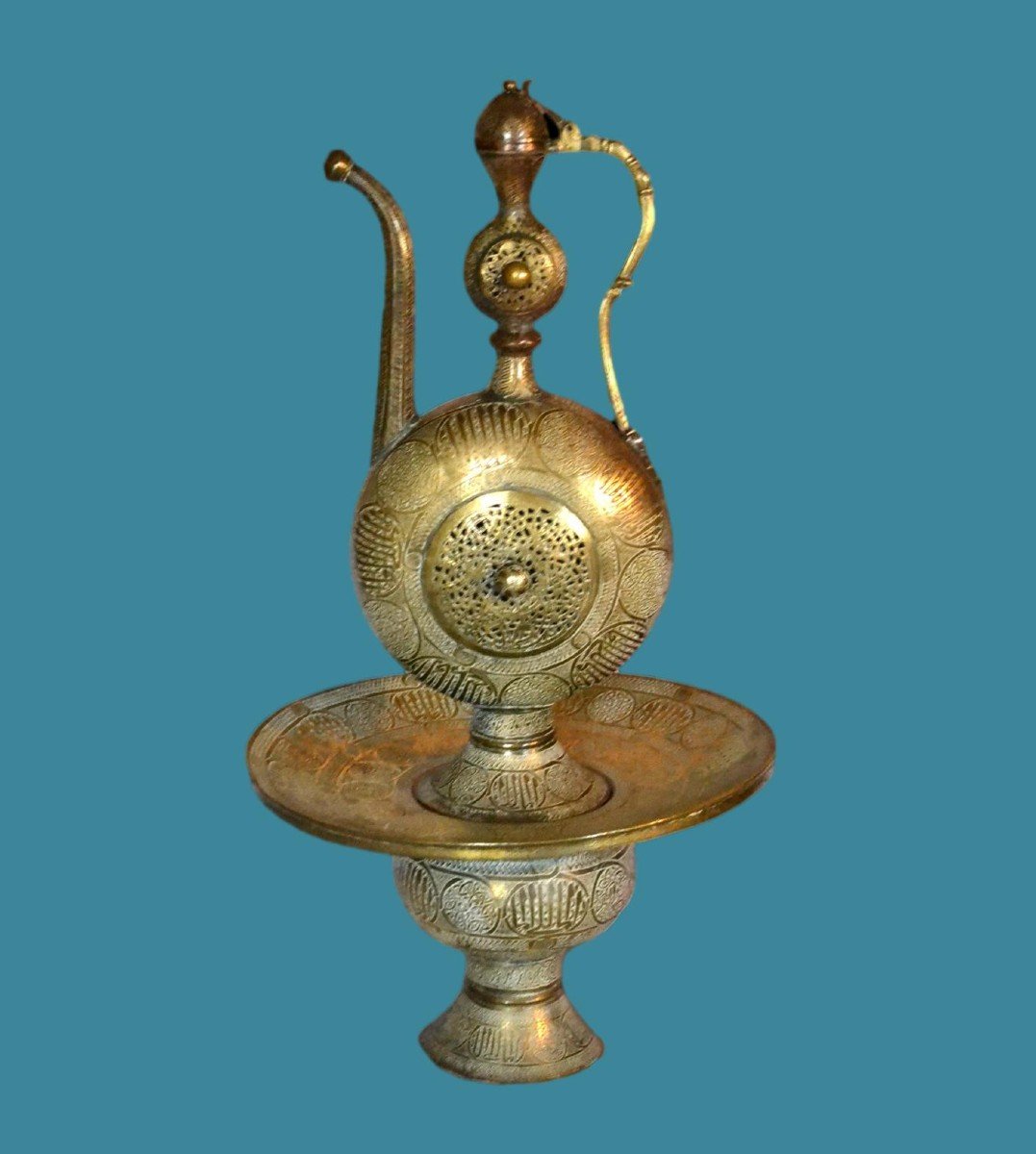
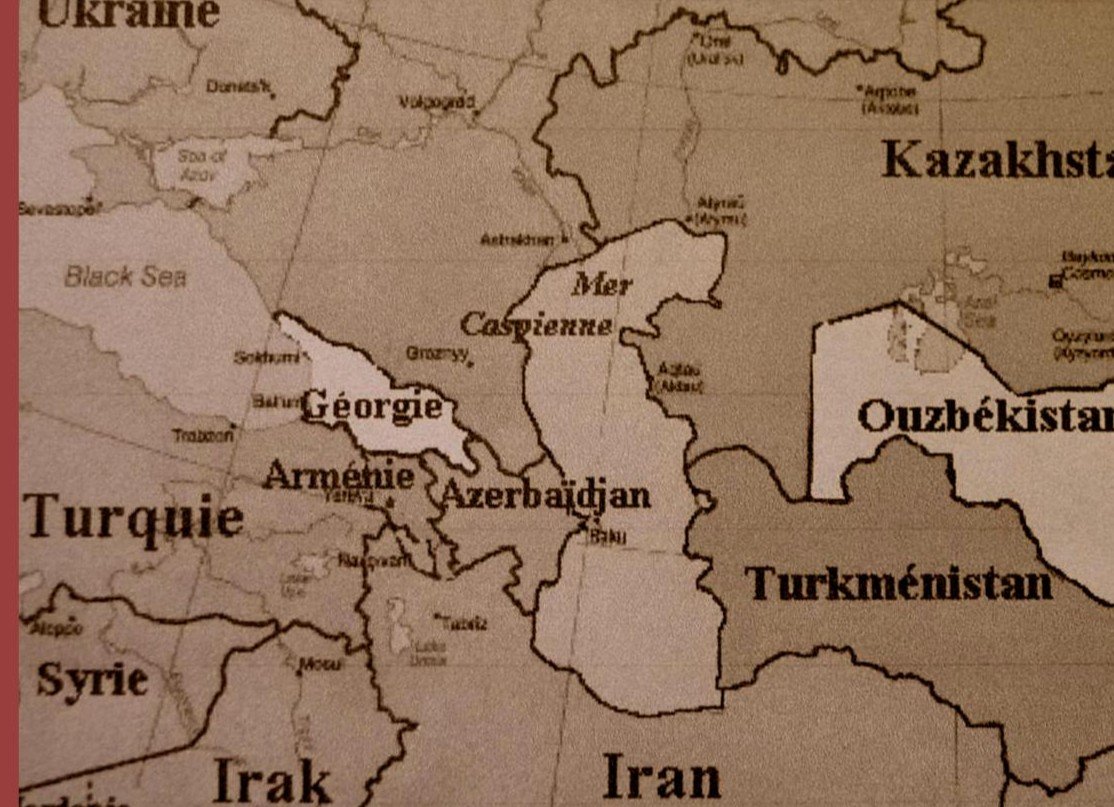
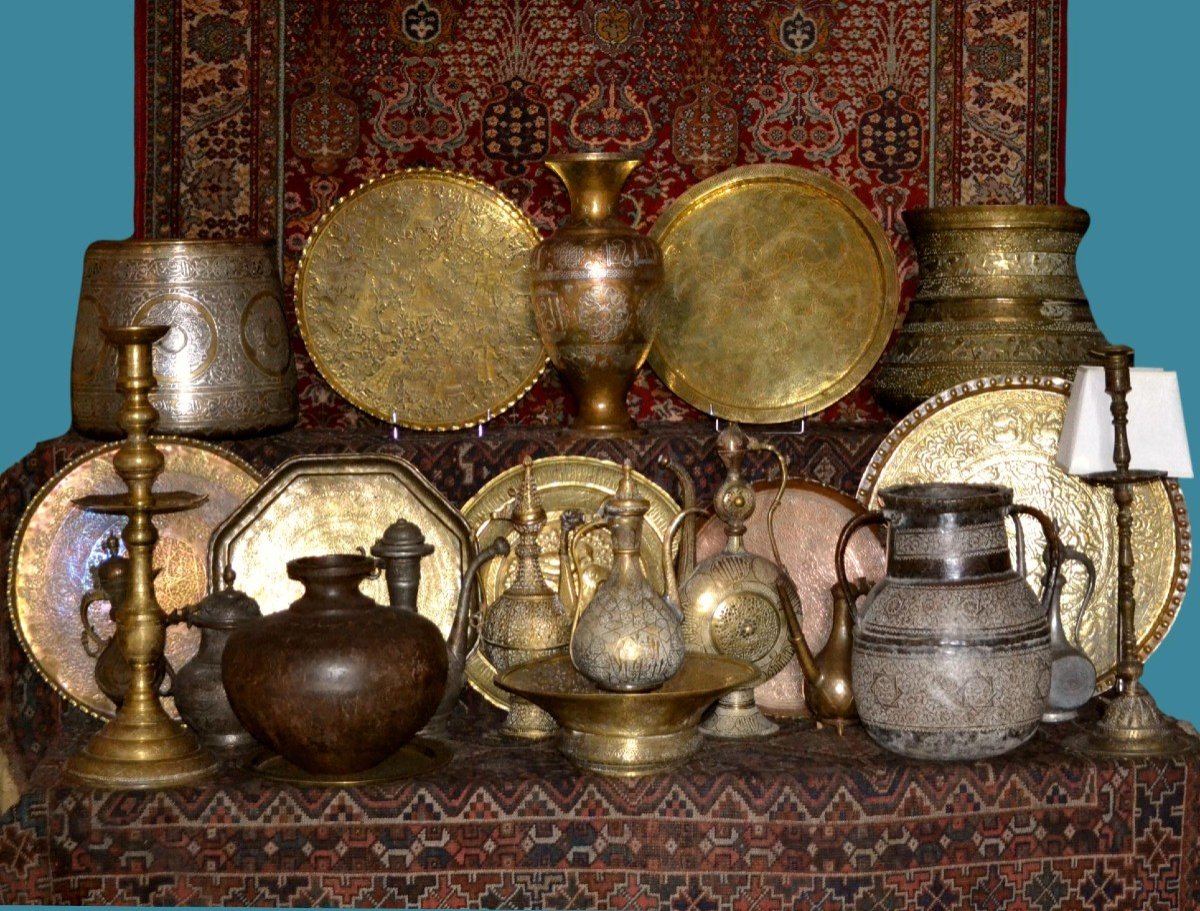














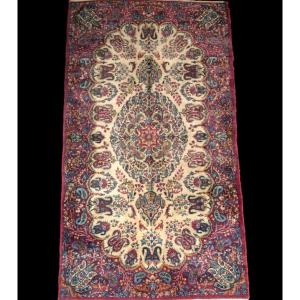
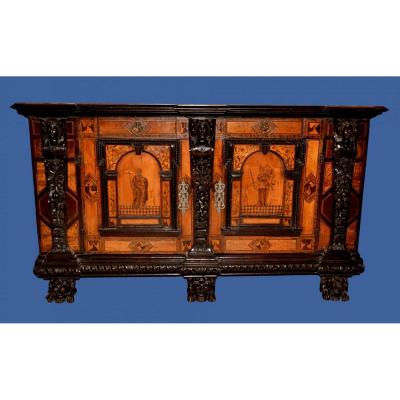
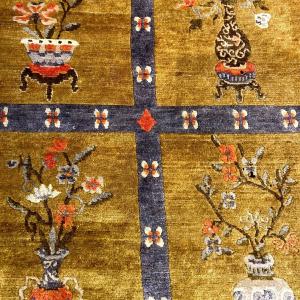

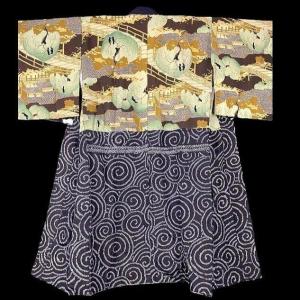

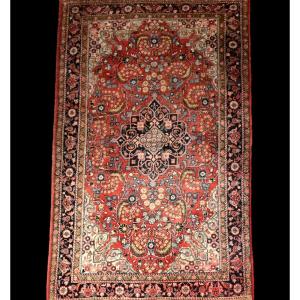


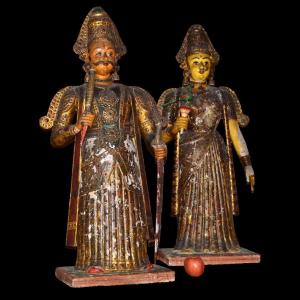
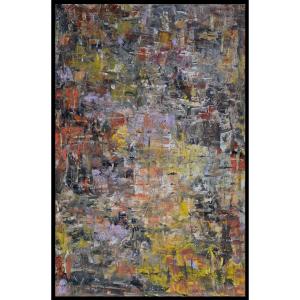
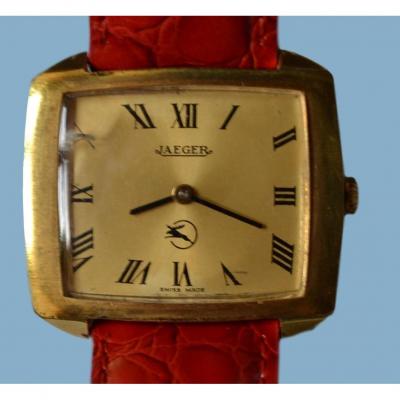
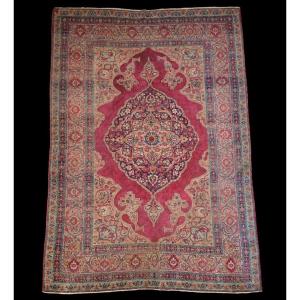

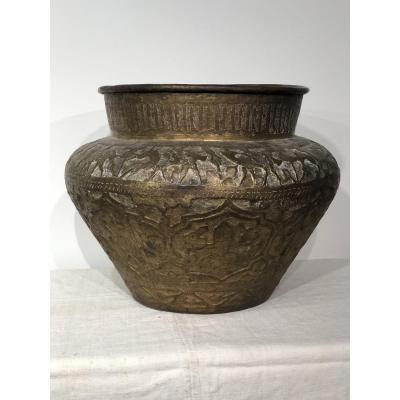

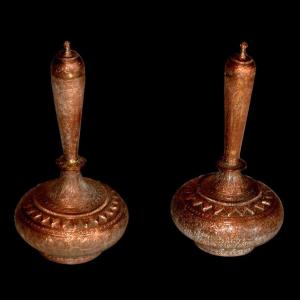

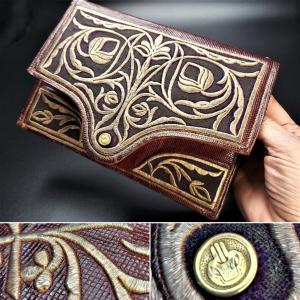




 Le Magazine
Le Magazine Rivista Artiquariato
Rivista Artiquariato TRÉSORS magazine
TRÉSORS magazine